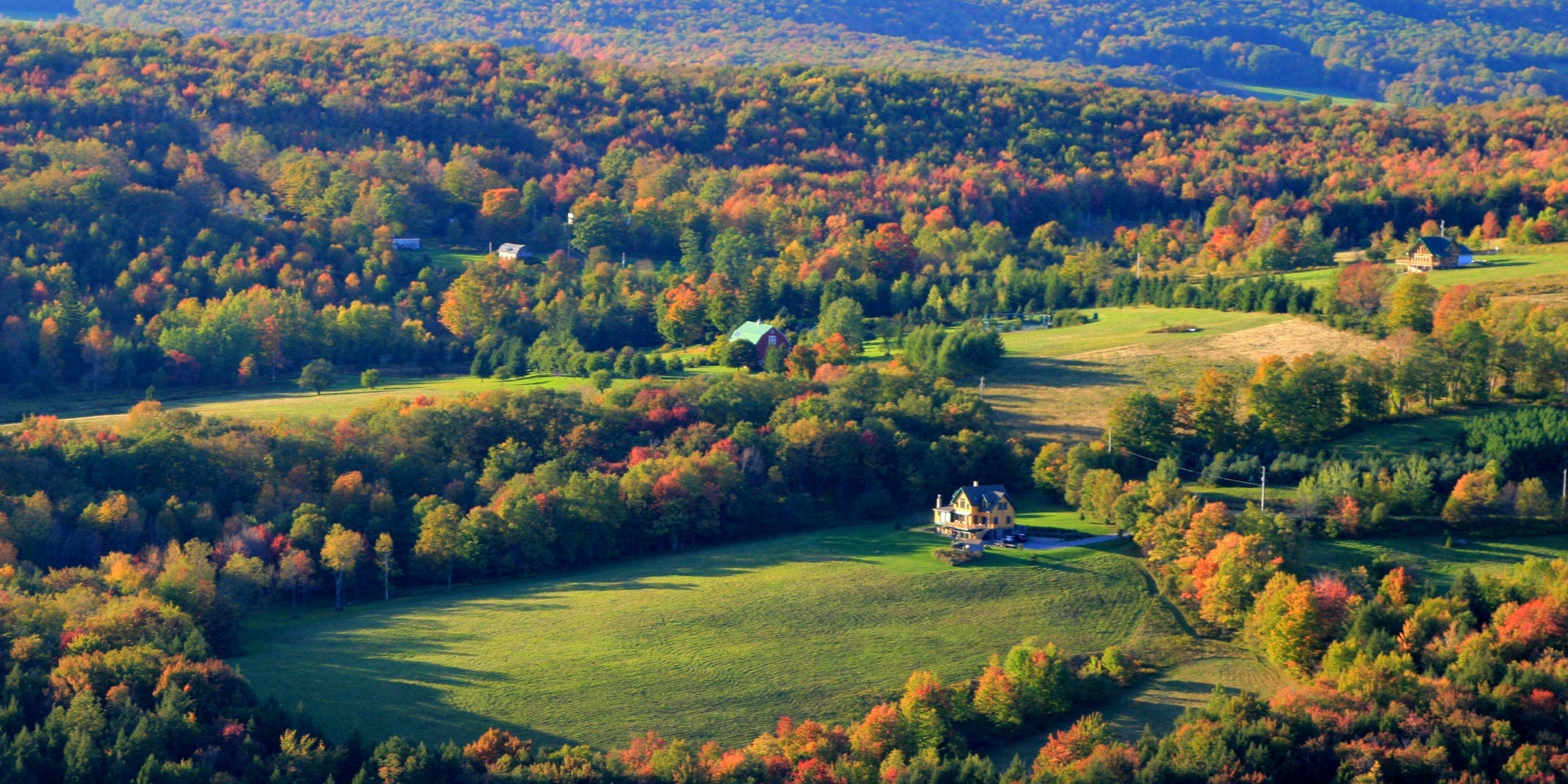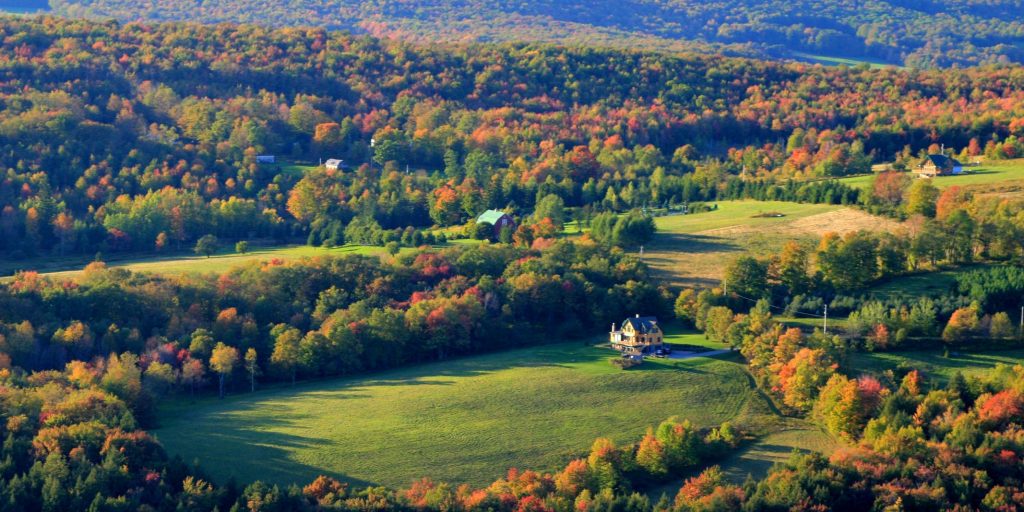
Getty Images/lightphoto
- Exurbs are exploding in popularity, but homebuyers largely ignored them before the pandemic.
- The areas offer cheaper housing, more space, and the option to commute to cities when necessary.
- Remote work will likely stick around after the pandemic and boost exurbs' appeal, an economist told Insider.
- See more stories on Insider's business page.
The river-adjacent roads of Sussex County, New Jersey, don't offer the restaurants, museums, and nightlife of New York City. But for roughly 140,000 Americans, the cheaper housing and sprawling land make up for the commute.
Such is the appeal of an exurb.
Areas known as "exurbs" were clear beneficiaries of pandemic-era migration. The once-neglected regions attracted hordes of movers over the past year, and they're still expanding while suburbs and cities shrink.
What exactly "exurb" means is less obvious.
The Oxford English Dictionary defines exurbs as "a district outside a city, especially in a prosperous area beyond the suburbs." Jefferies economists say exurbs must have population densities below 250 people per square kilometer, compared to the 2,500-person-per-km limit that constitutes an urban area. And the Brookings Institute in 2006 said exurbs must have at least 20% of their workers commuting to jobs in urban areas.
Other areas that fit the "exurb" definition, if you squint, are Lake County, Florida, 35 miles outside Orlando, or Blanco County, Texas, between Austin and San Antonio.
One big change is making them popular in the 2020s.
"Instead of thinking about the daily commute, I think it's going to be the case that renters and homebuyers will think about the weekly commute," Robert Dietz, chief economist at the National Association of Home Builders, told Insider. "That expands the geographic area where they can choose to live, and it gives them some additional buying power."
So what does the weekly commute make possible, in terms of lifestyle?
Lower housing costs
For starters, exurbs offer cheaper housing than urban areas and suburbs. Their distance from city centers left them fairly untapped in the past. But as the pandemic sparked a work-from-home revolution and saw home prices skyrocket, more Americans traded longer commute times for exurbs' cheaper prices.
More space for your money
The neighborhoods are also known for their greater space. Densely packed cities like New York and San Francisco saw the largest declines in occupation over the last year. Along with wanting cheaper housing, Americans flocked to areas where they could get more space - and convenience - for their dollar.
"A lot of households were looking at places where they could minimize their housing burden. And it was driven by seeking more space," Robert Dietz, chief economist at the National Association of Home Builders, told Insider. "You see people talking about wanting one office or, in some cases, even two home offices."
But still close enough to cities for occasional commutes
Perhaps the most crucial characteristic is that exurbs are still close enough to cities for the occasional commute, unlike their more rural peers. Public transport doesn't reach far enough to service exurbs, but residents can still get to the city when need be. For example, Kenosha County, Wisconsin is a 40-mile drive from Milwaukee. Residents of Fauquier County, Virginia are 47 miles from Washington, DC. And it's a 50-mile drive from Brown County, Ohio to Cincinnati.
That proximity - far enough to find a deal, but close enough to commute - is key to the exurban boom, Dietz said. Before the COVID crisis, the share of Americans working with a hybrid model between their homes and offices was in the low single-digits, Dietz said. NAHB economists expect that share to normalize at 30% after the country fully reopens.
For those millions of Americans set to enter hybrid work models, exurbs present an attractive balance between convenience and value.

